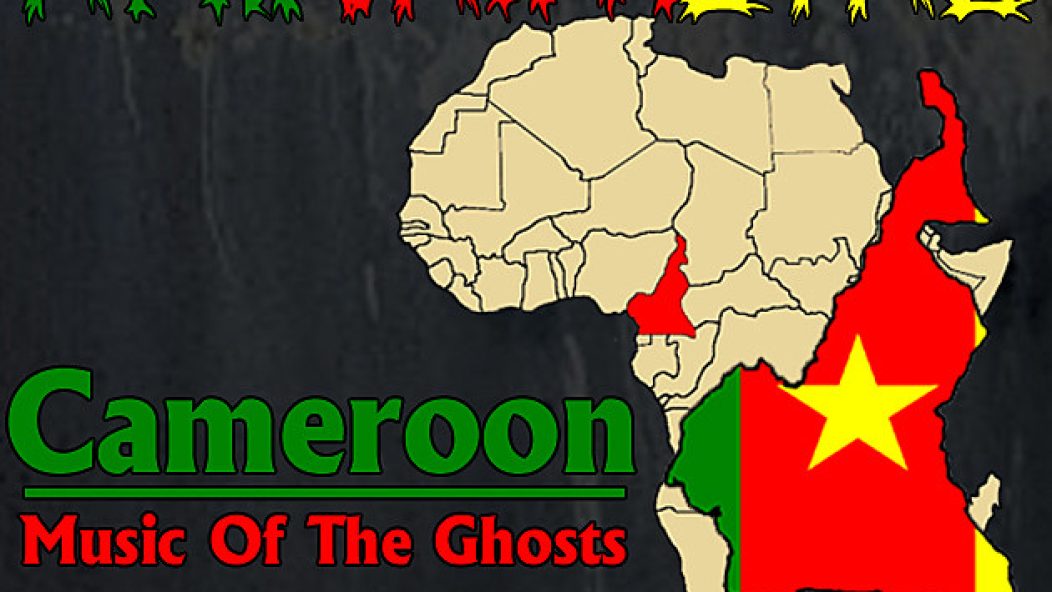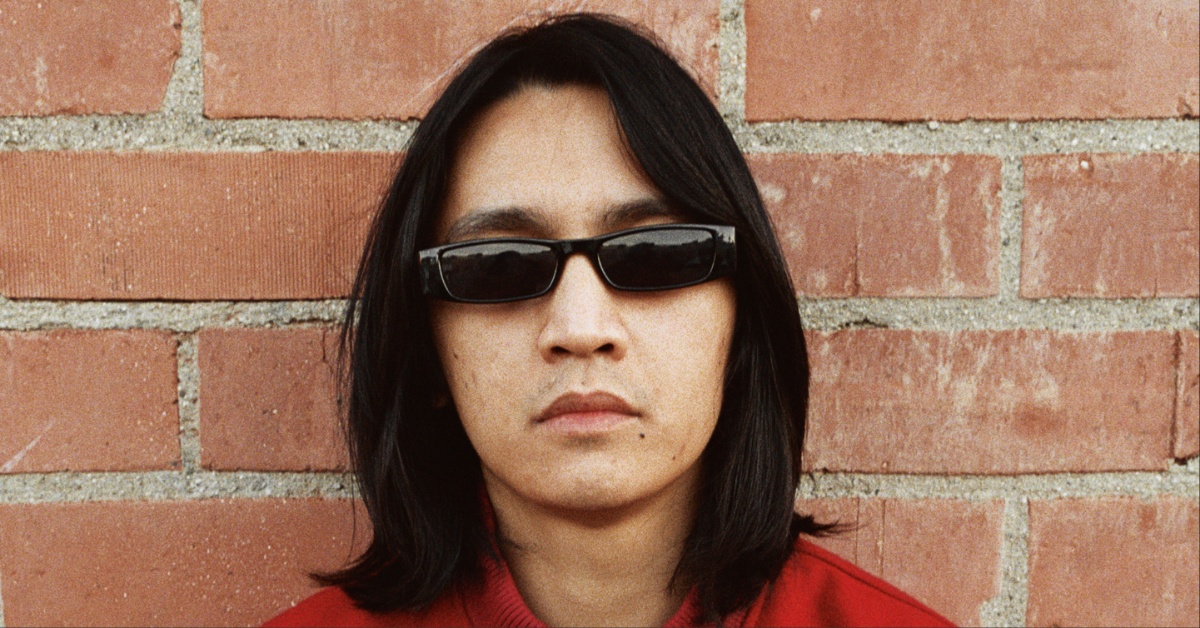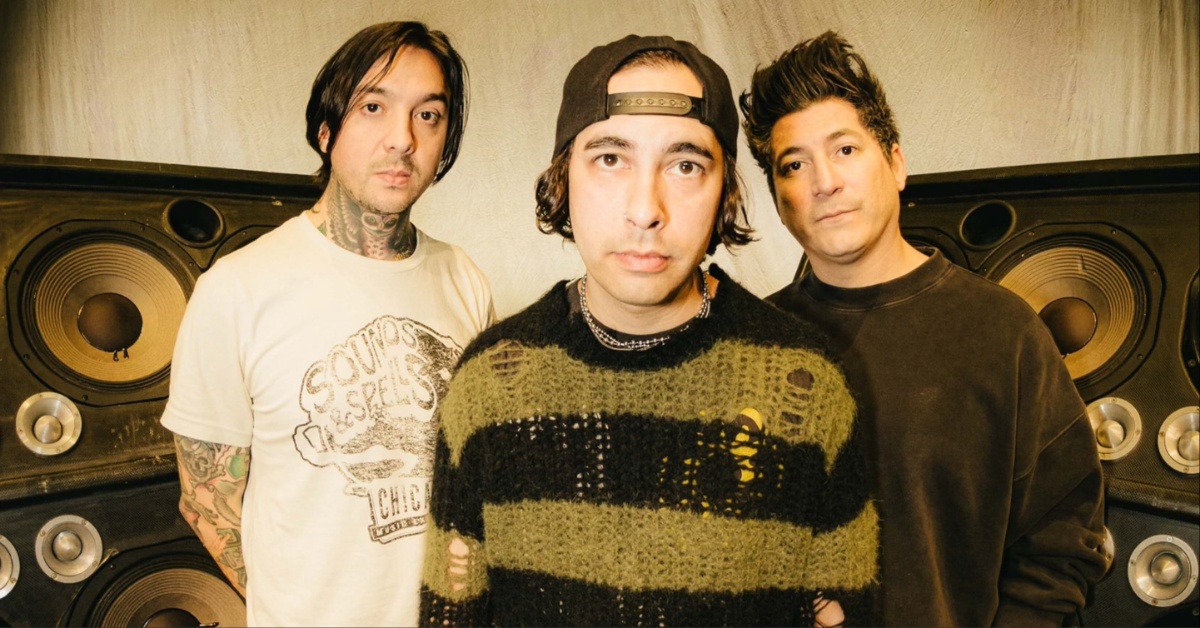
African Metal #4 - Cameroon
…
Al Bulmer’s African Metal series delves into the largely uncharted world of heavy metal from Cairo to Capetown, uncovering the varying styles, struggles and successes of metal’s final frontier. In part 4 of this recurring series Al takes a look at Cameroon’s mysterious debut to global metal.
…
Unlike the burgeoning metal scenes of the Maghreb, West Africa is seemingly void of the devil’s music. And whilst tentative links can be protracted between these distant two (the traditional Brazilian percussion featured Sepultura’s ‘Roots’ originating among African slaves, and Jamaican black metallers, Orisha Shakpana, adopting the name of a Yoruba god) for the purposes of this series, however, he entire region was due for a big ole miss.
A fallacious decision no doubt, as soon confirmed by a small blip on the metal radar by way of Cameroon via Holland.
Enter Ngos’a Bedimo (Duala for ‘Music from the Ghosts’), an art and cultural project founded by Dutch artist Steven Jouwersma. Invited to visit Cameroon in 2009 on the basis of his art being practiced “not in the studio but between people” he is known for his cultural involvement, exchange, and ability to “stir things up.” Noticing the complete absence of metal he took it upon himself to rewrite musical and regional history by forming the first ever Cameroonian, if not West African, metal band. Drawing together local musicians including the well known reggae singer, Raska (Ras Kamens), the band subsequently performed le premier Orchestre Metal Rock du Cameroon in Douala, the nation’s largest city, with some interesting and undesired results.
“I was looking at what Cameroon was about before I went there and it just came up, like, ‘hey there are no metal bands over there’, which might be interesting to see if I could start,” he explains before speculating over the region’s lack of metal.
“First of all, economic reasons. Cameroon had a rock’n’roll scene in the sixties when the economy was doing okay. Then there was a big crash, so money for amplifiers was not there; electricity is also a problem.”
“If you look at Botswana,” he continues, drawing reference to the more renowned African scene in a nation with relative stability and European influence, “It is next to South Africa where there is a lot of [European] influence and technology. West Africa isn’t really touched by Westerners and there isn’t really enough money.”
There is, however, one factor of greater significance than any theories pertaining to economic instability and cultural influence.
“I asked people and they said, ‘It’s too warm here’.”
The question therefore, despite the tripartite of economics, culture, and climate, is what further inspired the creation of Cameroonian metal with the intent of eliciting cultural response? Traditional beliefs and superstitions surrounding witchcraft and occultism–the eerie and esoteric world of West Africa’s supernatural–conveniently provided a locally metalized modus operandi.
“Metal has this kind of quality, it’s kind of pure, you know what it is. It’s a pure genre of music,” Steven explains of his attraction to the genre, himself a fan and acquainted guitarist albeit admitting a preference towards the psychedelic end of the rock ‘n’ roll spectrum.
“It has a much more visual elements, and these fit also with the more occult practices that were really much more present in Cameroon than I was expecting. It was really real.”
“I was walking around the village with my friend and there was a stick standing in the ground with some fabric wrapped around it and I wanted to touch it, like, ‘Wow, what is this?’ and he really held me back, ‘You shouldn’t touch this, it has been placed here by a witch doctor.’ It’s a really serious thing and it comes really close to subjects that are part of the metal scene.”
“There is a lot of traditional music, of course, but to sing about [supernatural beliefs] isn’t such a thing…approaching it in a different way than the traditional way is a bit taboo. My concern was to stir this. The initial idea that I had to start a metal band became a little bit more serious and that motivated me even more.”
Steven follows with anecdotal evidence corroborating metal’s symbiosis with local superstitions and folk tales. In conversation Raska the story of an impossibly tall ghost, Witika, crops up. Endlessly long and moving at an extremely slow place the ghost protects the village; upon the rare chance of coming into contact with Witika it is a formless entity, like a black hole; its face, should you look up, is like that of flashing lights.
“It’s a really great story and it sounds to me like a good subject for doom metal or something that moves very slowly. I started explaining what is doom metal and he said, ‘Yes, this is the ghost.’”
But for all the metal-friendly mishmash of doom’s ancient rumbles, gargantuan ghosts, and the cabalistic workings of witch doctors, there lay at the centre of Steven’s project a desire to transcend the typical Euro-metal stylistics and incorporate the equally prevalent “tropical” elements.
“He told me other stories about witchcraft and superstition and it is also a bit more colourful and playful with different entities, things like mermaids that are in the river, called Habambati, who is good and bad at the same time. She can be very angry but she can also be a bit more tropical in a way. I was not really looking to find something that fits the kind of European metal trait but also something that could be more tropical.The subjects don’t need to be the same.”
Sadly, whilst Ngos’a Bedimo’s short-term existence of three weeks allowed for experimentation and hybridity on a thematic basis, any potential for a crossover between the nation’s popular musics, Makossa and Bikutsi, and heavy metal remained ungalvanised.
“Makossa has a lot of palm muting so there’s a lot of muting going on…in a hypothetical sense there is a lot of connection,” Steven agrees of the not entirely implausible crossover of technique. “Actually I was surprised because of the kind of rhythms that sound happy, the chords are mainly minor chords, there are not a lot of major chords–there’s a sadness in there.”
“Eventually there will be a mix I guess, there must be some kind of mix already maybe that we don’t know of there. I was there for three weeks so of course I didn’t see everything. I didn’t really try to make a mix between makossa and metal because I wasn’t there long enough…it should have been a longer project to make that mix happen.”
“I don’t feel the project failed or should have been this or that, it wasn’t that well planned before and I just went along with it. To introduce the metal concept in an unfamiliar context is for me a ‘cultural intervention’ that doesn’t have a specific result in mind like the mixing of musical styles and so on.”
Even with the restraints of time preventing makossa-metal, Ngos’a Bedimo’s compositional path winding towards “simple black metal” was swiftly adopted by the project’s musicians, a double bass pedal making a surprise appearance. “Yeah, where did that come from!?” Steven recalls.
But for all the apparent readiness, unforeseen setbacks incurred some hindrance come the night of Ngos’a Bedimo’s first, and last performance. Whilst the drummer appeared, other musicians were unable to attend due to car failure. Raska also disappeared, leaving Steven to step-in on guitar duties for an impromptu performance. What’s more, a negative atmosphere enshrouded the project’s crescendo–a conflict of hearsay regarding Raska’s abscondence and Steven waking to a severe eye infection the follow morning.
“His Father was a priest, and [Raska] came up with the name Ngos’a Bedimo, but someone else said, ‘No, no, it doesn’t mean Music from the Ghost it means Music of Satan.’”
Relations so close to such an important spiritual and communal figurehead inevitably drew disapproval, which, combined with familial ties with the local chief ensured an outright refusal based on the perceived connections with Satan.
Steven is keen, however, to emphasize the speculative nature of such explanations.
“I heard at the end of my stay he was a known alcoholic, although when I met him daily he was always sober, only on the day of the concert I got him on the phone drunk. If he got drunk out of frustration that he was restrained to play by the chief, or religion, or from the fear to perform I never found out.”
An accursed conclusion to Cameroon’s first and wary steps into the halls of metal history, Ngos’a Bedimo was, for some, truly the devil’s music; if not, then missing talent due to excessive intoxication is certainly no less metal. It was also a fascinating artistic exchange demonstrative of heavy metal’s universal ability to inspire and provoke cultural reaction. The full story can be streamed here:
…
…











